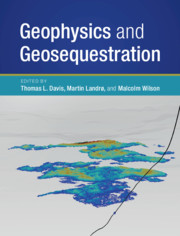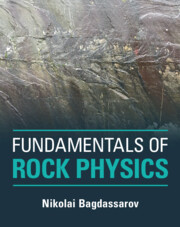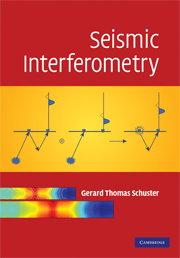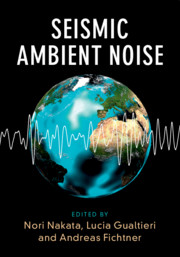Geophysics and Geosequestration
Geosequestration involves the deep geological storage of carbon dioxide from major industrial sources, providing a potential solution for reducing the rate of increase of atmospheric concentrations of carbon dioxide and mitigating climate change. This volume provides an overview of the major geophysical techniques and analysis methods for monitoring the movement and predictability of carbon dioxide plumes underground. Comprising chapters from eminent researchers, the book is illustrated with practical examples and case studies of active projects and government initiatives, and discusses their successes and remaining challenges. A key case study from Norway demonstrates how governments and other stake-holders could estimate storage capacity and design storage projects that meet the requirements of regulatory authorities. Presenting reasons for embracing geosequestration, technical best practice for carbon management, and outlooks for the future, this volume provides a key reference for academic researchers, industry practitioners and graduate students looking to gain insight into subsurface carbon management.
- Presents a timely, cutting-edge summary in the context of the forthcoming release of the ISO Standard for the Geological Storage and Standard for Enhanced Oil Recovery
- Case studies provide valuable real-world insights and guidance on technical best practice
- Contributions from top researchers provide expert guidance for future carbon management
Product details
April 2019Adobe eBook Reader
9781108573627
0 pages
321 b/w illus. 262 colour illus.
This ISBN is for an eBook version which is distributed on our behalf by a third party.
Table of Contents
- Part I. Introduction:
- 1. Climate change and the role of CCS in mitigation John Gale and Malcolm Wilson
- 2. The role of geophysics in CCS David Lumley
- 3. Goals of CO2 monitoring Thomas M. Daley and William Harbert
- Part II. Geophysical Techniques:
- 4. Rock physics of CO2 storage monitoring in porous media Thomas M. Daley
- 5. Multicomponent seismic monitoring Tom Davis and Martin Landrø
- 6. Monitoring the deformation associated with the geological storage of CO2 Donald W. Vasco, Alessandro Ferretti, Alessio Rucci, Sergey V. Samsonov and Don White
- 7. Gravity – surface and borehole Ola Eiken
- 8. Estimating saturation and density changes caused by CO2 injection at Sleipner Martin Landrø and Mark Zumberge
- 9. Electrical and electromagnetics methods Erika Gasperikova and Michael Commer
- 10. Microseismic imaging of CO2 injection Shawn Maxwell
- 11. Well logging Zaki Bassiouni
- Part III. Case Studies:
- 12. CO2 storage offshore Norway Eva K. Halland
- 13. Twenty years of monitoring CO2 injection at Sleipner Ola Eiken
- 14. Case studies of the value of 4-D, multicomponent seismic monitoring in CO2 EOR and geosequestration Tom Davis, Scott Wehner and Trevor Richards
- 15. Integrated geophysical characterization and monitoring at the aquistore CO2 storage site Don White
- 16. Development and analysis of a geostatic model for shallow CO2 injection at the field research station, Southern Alberta, Canada Donald C. Lawton, Jessica Dongas, Kirk Osadetz, Amin Saeedfar and Marie Macquet
- 17. Seismic and ERT 3D monitoring at the ketzin pilot storage site in Germany Christopher Juhlin, Stefan Lüth, Monika Ivandic and Peter Bergmann
- 18. Time-lapse seismic analysis of the CO2 injection into the Tubåen Formation at Snøhvit Sissel Grude and Martin Landrø
- 19. Illinois Basin – Decatur Project Robert A. Bauer, Robert Will, Sallie Greenberg and Steven G. Whittaker
- Part IV. Summary:
- 20. What Next? Tom Davis, Martin Landrø and Malcolm Wilson.








